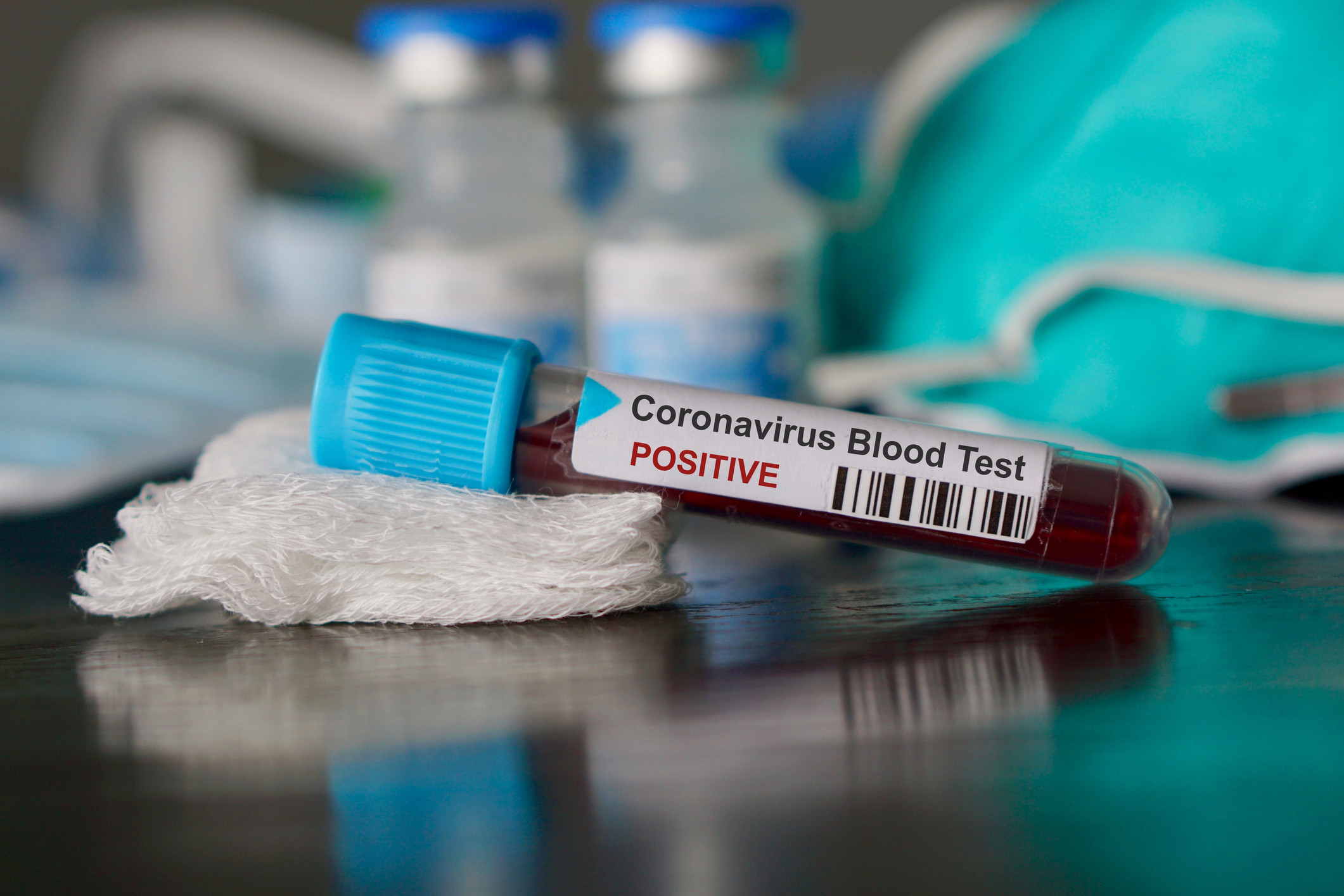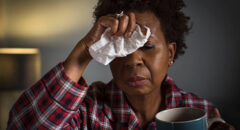
By now, everyone who doesn’t live in a cave has heard about the new coronavirus epidemic, with increasing numbers of infections and also increasing numbers of deaths. While there is a need to be concerned, at this point in time, most people infected recover from the infections and some folk are even free of any symptoms. So what are coronaviruses, how dangerous are they, who is at risk and how do we protect ourselves? Unfortunately, what we don’t know is far greater than what we do. Let’s first talk about coronaviruses. This family of viruses is quite common and most of us have had a coronavirus infection.
In humans and animals, it can infect the upper respiratory tract but usually does not produce serious disease. Along with rhinoviruses, the coronaviruses can cause the common cold. So typically, a person has a runny nose, sneezing or a cough, sometimes a fever that all clears up after a few days. There is no vaccine yet and no approved drugs in the U.S. Infections are usually less severe than a case of the flu caused by influenza virus.
But, viruses like coronavirus and influenza can mutate or change which can make it more dangerous. Also, coronaviruses that infect animals may be able to cross over and infect humans. One of the problems of this new dangerous strain of coronavirus (called SARS-CoV-2 which produces disease COVID-19) is that the infection produces the same symptoms of other common infections like the cold or the flu.
The main symptoms would be a fever, along with a cough or shortness of breath. If you have these symptoms, contact your doctor or go to an emergency room so you can be tested. The coronavirus can be detected in nasal secretions, sputum and other secretions from the upper respiratory tract. Most likely though, it is not a SARS-CoV-2 infection.
So how deadly is this virus? Sorry to say, we don’t really know. The data we have from mid-February indicates a mortality rate of about 2.3%, and that is expected to go down as cases increase. Of the cases in the US, no one has died yet. But we’ve been down this path before with other coronaviruses. In 2001, we experienced an epidemic by a coronavirus that caused a syndrome called SARS, Severe Acute Respiratory Syndrome. SARS had a much higher mortality rate of almost 10%! SARS like SARS-CoV-2, also originated in China and then quickly spread. Then, years later in 2012, another coronavirus pops up in Saudi Arabia and causes a disease called MERS, Middle Eastern Respiratory Syndrome. The mortality rate from this infection was a whopping 35%! So far...
... SARS-CoV-2 doesn’t approach either of these.
But let’s take a broader look. In the US, every year 30-40,000 people die from the flu, an infection that we have a vaccine for. People just don’t get vaccinated. The worse epidemic we experienced in modern times was the Spanish Flu epidemic in 1918 where nearly 100 million people are estimated to have died worldwide from the infection!
Like other coronaviruses, SARS-CoV2 is spread as droplets in the air when infected people sneeze and cough. It may also be spread when people make contact with contaminated surfaces. It is believed the virus can last on surfaces for as long as 9 days. While it’s good that the vast majority of infected people will recover, we are still not sure what are the strongest risk factors for death.
In general though, these infections have higher mortality in the very young, the elderly and people with chronic diseases, particularly lung diseases like asthma or COPD or diseases that weaken the immune system. One medical report I’ve reviewed suggest people with heart disease being at increased risk of mortality from the infection. While we do not have specific data on HIV infection increasing risk for SARS-CoV-2, HIV is a chronic disease affecting the immune system which can increase the risk for acquiring many infections and also increase risk of bad outcomes (e.g. death) from these infections.
To protect yourself, it's important to keep your immune system as...
... strong as possible by eating healthy and getting regular exercise (lots of help in these areas on blackdoctor.org). The next two tips should also be followed to protect the immune system.
1) Take your HIV medicines to keep your immune system strong!
2) Take your HIV medicines to keep your immune system strong!
Get the point? If you have advanced HIV disease, your medical provider may give you additional medicines to provide extra protection against certain infections. Once your immune system is stronger, you will no longer need these medicines. The other strategy is to help your immune system fight off these infections by getting vaccinations. It should be noted that people with HIV disease may need stronger doses or repeat dosing of vaccines to get adequate protection. Your medical provider can determine if this is necessary.
1) Influenza vaccine (Flu Vaccine). As I mentioned earlier in the article, influenza virus changes slightly from year to year, so a new vaccine comes out each year for flu season. Remember that flu can be fatal and people with decreased immune function like AIDS, cancers and diabetes are at increased risk. Your medical provider should vaccinate you or you can get an inexpensive shot from your pharmacist. Some pharmacies offer free vaccinations. Get the vaccine every year.
2) Pneumococcal vaccine. Pneumococcal pneumonia is caused by bacteria called Streptococcus pneumonia. Most infections occur in the very young or the elderly but people with HIV are at increased risk and should be vaccinated, If you haven’t ever been vaccinated talk with your medical provider or pharmacist about getting the vaccine. If you have been vaccinated years ago, a newer vaccine is available which provides greater protection. Discuss with your medical provider.
3) Hepatitis A and B (HAV/HBV). These are two totally different viruses and are not related, although they both damage the liver. HAV is spread orally. HBV is a blood-born infection that can be spread by sharing infected needles with intravenous drug use. It can also be spread sexually or passed from mother to child during birth. There are vaccine products that combine HAV and HBV protection. Depending on the vaccine product, you may need two to three doses spaced out over time. Be sure to complete the whole series of vaccinations.
4) HPV. Human papilloma virus can cause different cancers including cervical cancer, anal cancer, testicular cancer, head and neck cancer and also genital warts. HIV-infected men and women are at increased risks of contracting some of these cancers. There are still questions about whether HPV vaccines are effective in reducing risk of these cancers in HIV-infected persons. This is a topic you can discuss with your medical provider.
5) Shingles (Zoster) vaccine. Shingles is a condition caused by a type of Herpes virus that affects the nerves and is caused by the same virus that causes Chickenpox. It results in a very painful rash usually occurring around the torso. A new vaccine is available that provides good protection.
6) Meningococcal vaccine. HIV-infected individuals are at increased risk for getting meningitis (a type of brain infection) from the bacteria Neisseria meningitidis. This vaccine is recommended for HIV-infected individuals of all ages.
The coronavirus epidemic is evolving day by day. The number of infections is growing worldwide but we are also getting new information on how it is transmitted and who is at risk. Check with your local Health Department to stay updated or discuss with your medical provider. We also may be closer to finding some drugs that can suppress this dangerous virus.








